The Loch Ness Monster may not get as much publicity as Flying Saucers or Bigfoot do but it’s really the same sort of phenomenon. A few hints of something strange in the historical record, a few sketchy sightings of something that can’t be identified. Once a couple of stories are published in the press it suddenly seems as if everybody is talking about it. Then the number of people who claim to have seen it explodes. Before long the hoaxers join in and you lose all sense of what is legitimate evidence and what has been fabricated in order to make a quick buck.
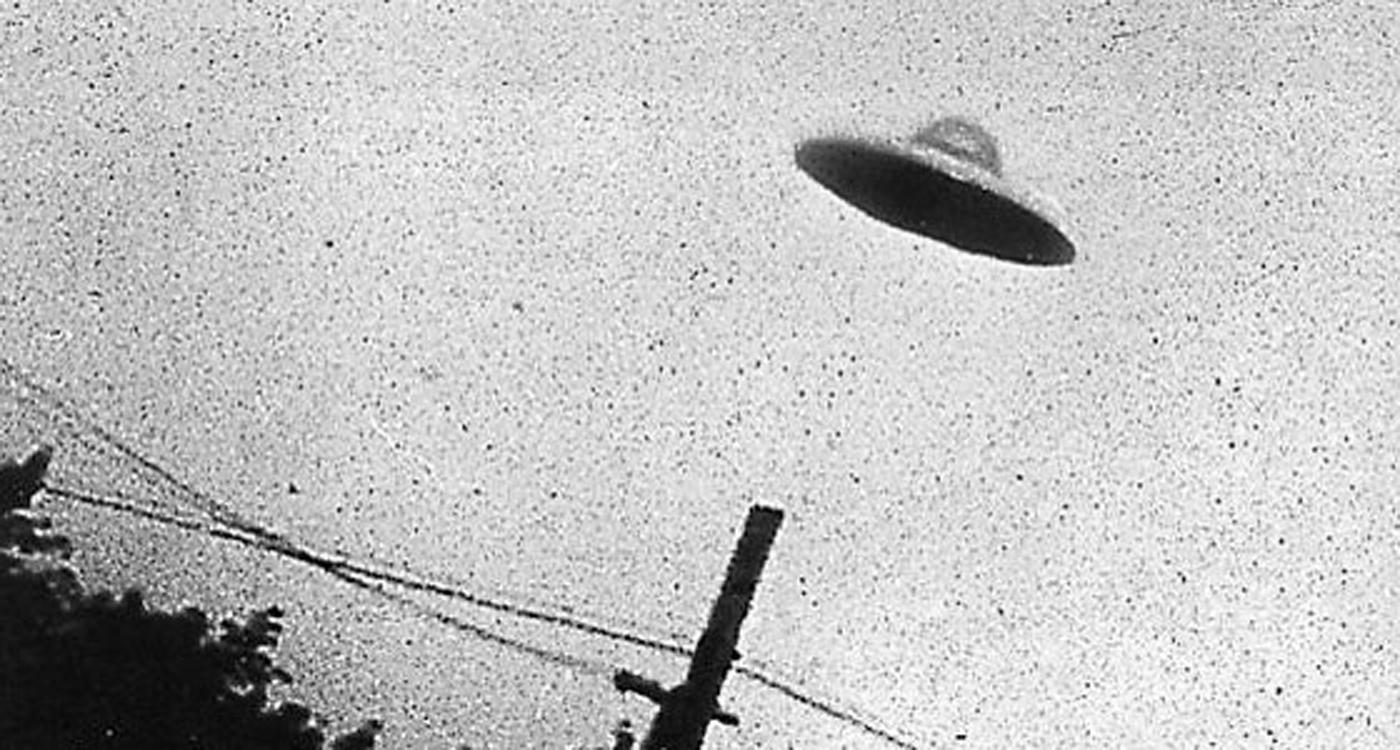
Finally, after years of sightings with no hard physical evidence to back anything up the public splits into two distinct groups, those who are true believers and those who think it’s all a bunch of humbug. This state of affairs can go on for years with accusations of government cover-ups being added in as an excuse for the lack of real proof.
For the Loch Ness Monster the earliest known report of the creature is from a biography of the Irish monk Saint Columba written about the year 565 CE. In that account a ‘water beast’ in Loch Ness has killed a man and threatens one of the saint’s followers. Columba saves his companion by making the sign of the cross and commanding the beast to leave. Believers in the monster point to this story along with other Celtic folklore about water ‘kelpies’ as evidence that the beast has lived in the loch for centuries.
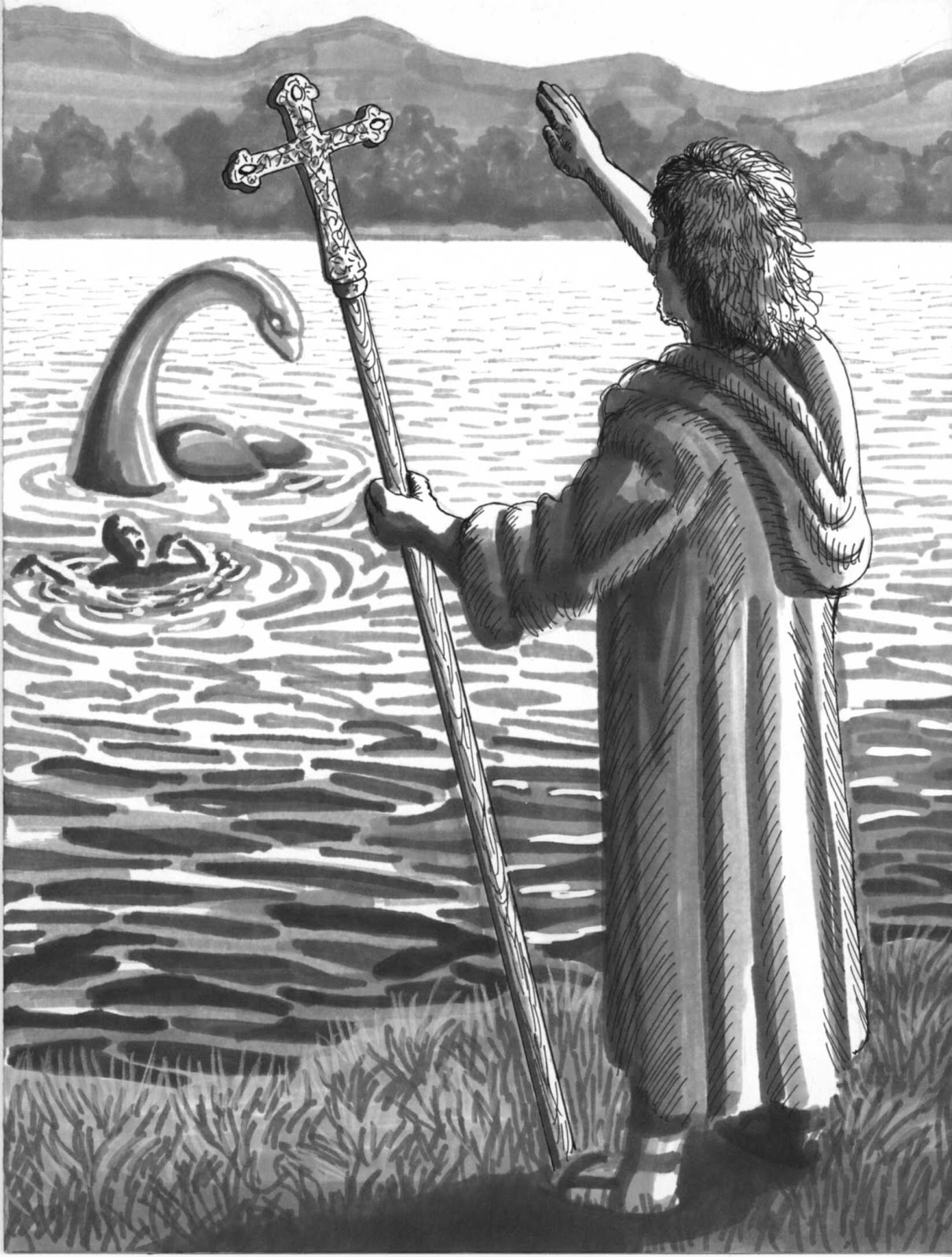
The monster, commonly known as Nessie first gained worldwide attention in the 1930s with a description of an encounter by George Spicer and his wife who described the creature as being a long snake or eel like creature some 8 meters in length and a bit over a meter in height. Although the Spicers saw no limbs on the creature it crawled across the road and disappeared into the loch.
It was just a year later on the 21st of April 1934 that the most famous picture of the Loch Ness Monster first appeared in the British newspaper the ‘Daily Mail’. The photo came to be known as ‘The Surgeon’s Photograph’ because the Daily Mail had obtained it from a London gynecologist named Robert Kenneth Wilson although significantly Wilson refused to have his name associated with the image.
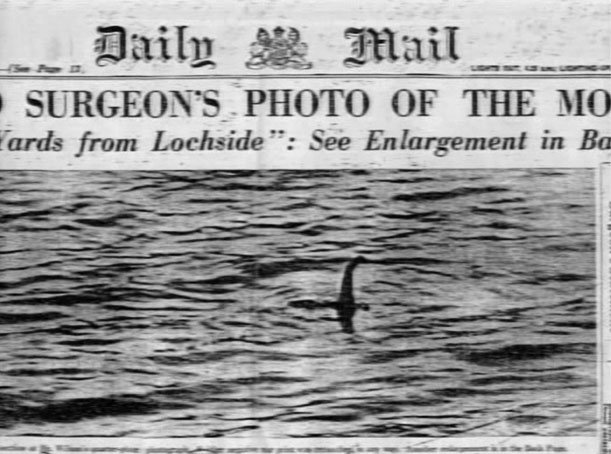
The photo caused an immediate sensation and quickly led to the best-known explanation of the monster as a plesiosaur, an aquatic reptile that went extinct at the same time as the dinosaurs. The idea that a small population of these creatures had somehow survived extinction and was now inhabiting Loch Ness, and perhaps other lakes around the world gained considerable popularity.
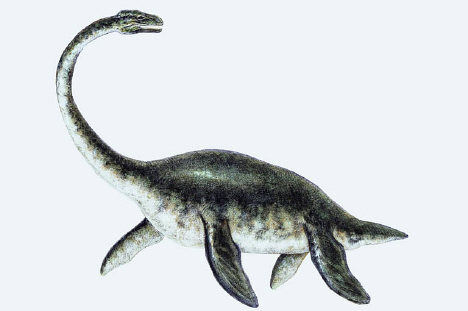

It was only decades later in 1994 that the photo was revealed as a complete fake. The body of the creature was nothing more than a toy submarine bought at Woolworth’s department store to which a neck and head made of wood putty were added. The one-meter long counterfeit was simply floated into Loch Ness and photographed, an object lesson in how easy it can be to fool millions of people who want to be fooled.
Of course one fake, however famous doesn’t mean that there isn’t something unusual in Loch Ness. After all a lot of people have reported seeing something and they’re not all hoaxes.
Indeed they’re not; in fact there have been some legitimate scientific attempts to discover what, if anything is hiding in Loch Ness and a few of them have produced tantalizing hints of something. Perhaps the best known is the 1972 expedition organized by the Academy of Applied Science and led by Robert H. Rines. The team employed sonar apparatus in a methodical search of the loch for any large objects beneath the surface. Then, any time a large object was detected by the sonar an underwater camera with a floodlight recorded an image of the object. On August 8th the sonar detected a moving target some 6 to 9 meters in length. At the same time the underwater camera took a picture of what looked like diamond shaped ‘fin’.

That’s the best scientific evidence for the existence of the Loch Ness monster. Problem is that the 6-9 meter target could very easily have been a school of small fish while the picture of the fin is so blurry that it could be almost anything. Still, a half dozen other investigations have produced nothing better.
Now a new approach has been used in the search for Nessie, environmental-DNA (eDNA). eDNA works this way, samples from any body of water will contain some genetic material from all of the species of animal or plant that live in that body of water. Analyzing that DNA tells scientists what species live in that water without having to actually observe or capture a single specimen.

Researchers from the University of Otago in New Zealand have performed such an analysis on over 200 water samples from various places in Loch Ness. In particular the scientists were looking for the presence of reptile DNA that would provide evidence for the existence of a population of plesiosaurs.
The study found DNA from some 3,000 species of plant and animal, even bacteria but no indication for reptile DNA of any kind. They also failed to find DNA for large species of fish such as shark, catfish or sturgeon, animals that have been suggested as possibly being responsible for the monster sightings.
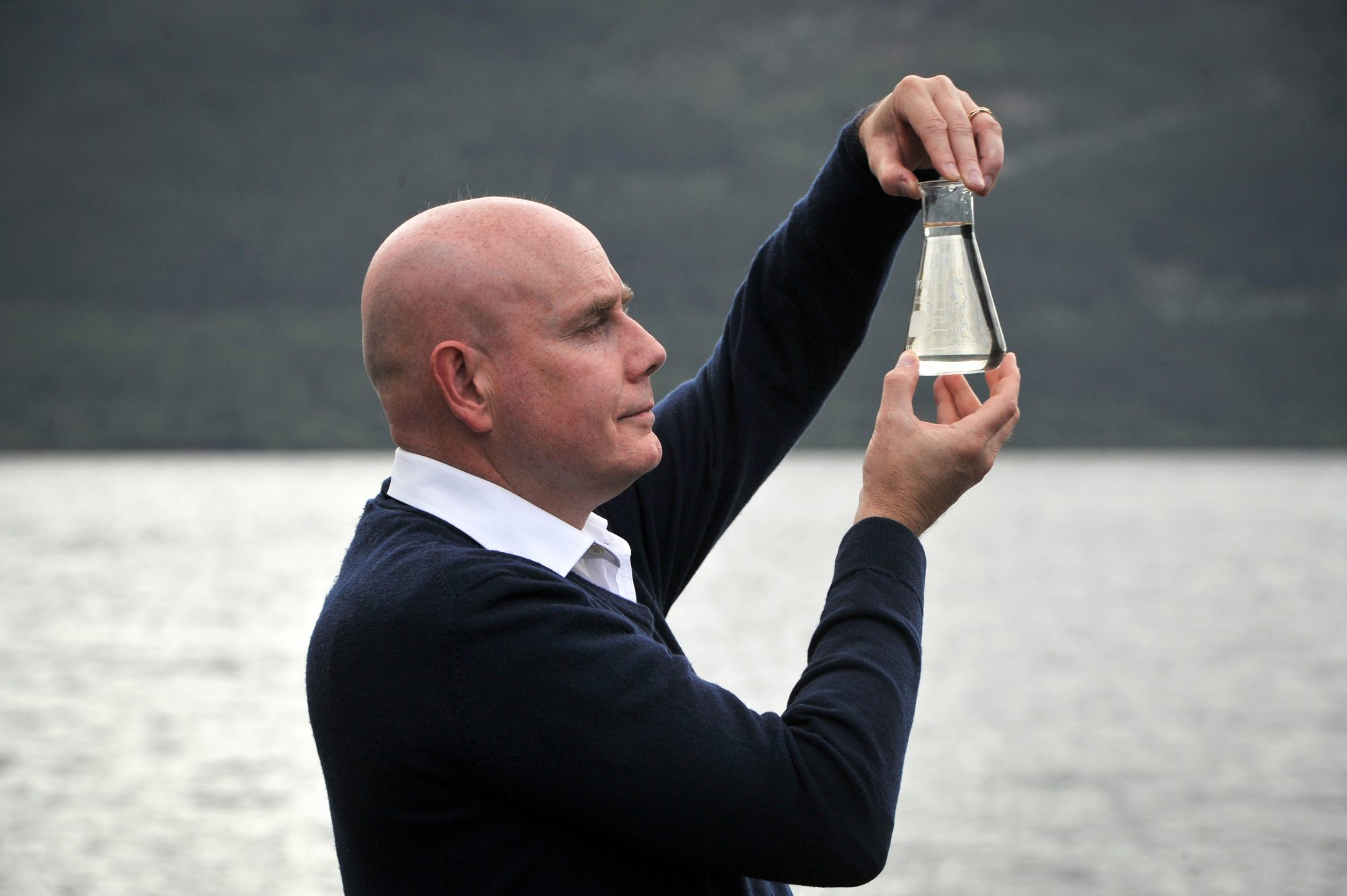
What the scientists did find was the DNA of the well-known animals of northern Scotland, strong evidence that there is nothing unusual in the loch. The scientists also found what they considered to be a large amount of eel DNA in every sample tested leading the team leader Neil Gemmill to suggest that a giant eel might be the best candidate for Nessie. “It’s a least plausible,” Dr. Gemmill asserts.
The Loch Ness Monster nothing more than a big eel? Not much to show for almost 1500 years of hullabaloo.
